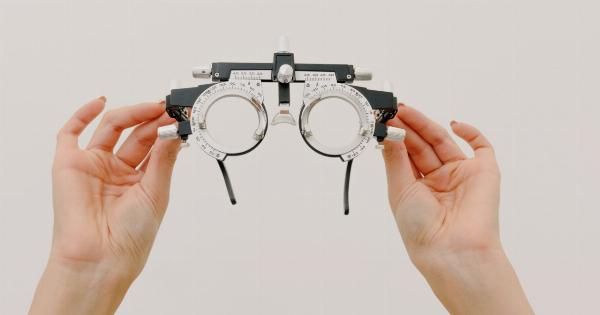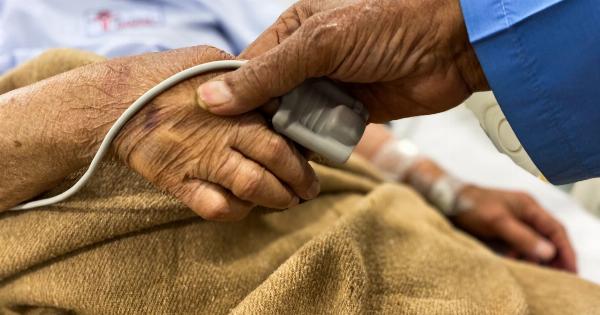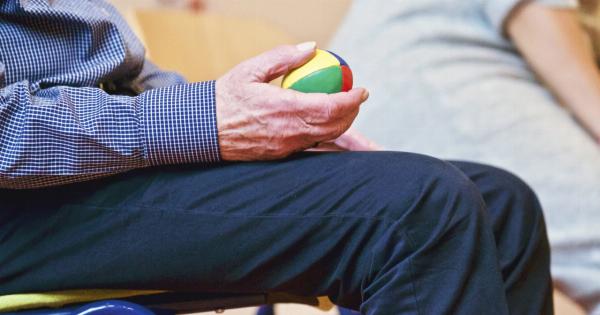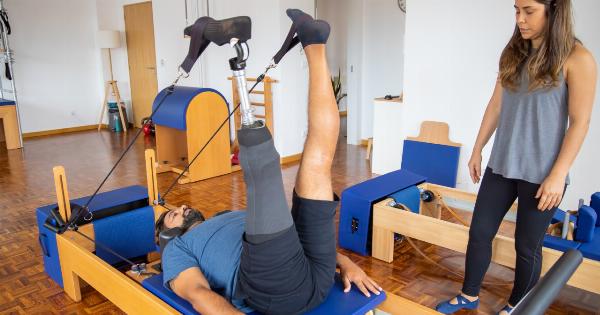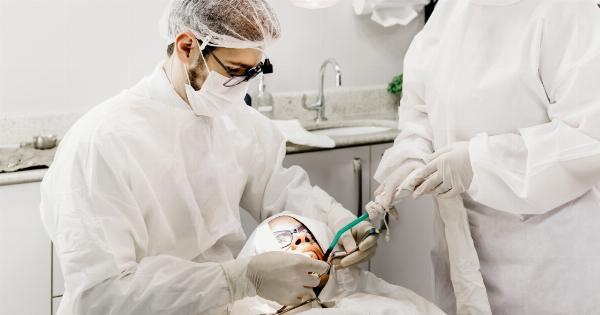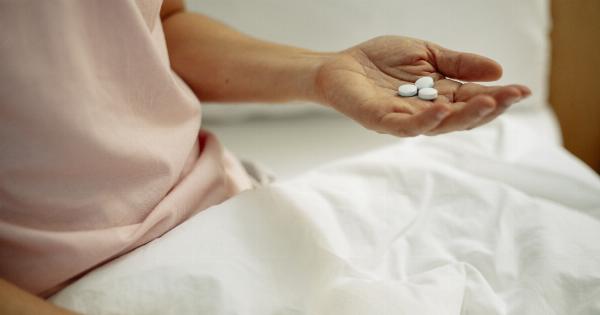As technology advances, more and more healthcare innovations are emerging that benefit patients, healthcare providers, and the industry as a whole. Smartwatch heart alarm technology is one such advancement.
What is Smartwatch Heart Alarm Technology?
Smartwatch heart alarm technology is a type of health monitoring that tracks heart rates and alerts users of any irregularities. The watch uses sensors to read a patient’s pulse and check for fluctuations.
It then sends an alert to the user if it detects any abnormalities, such as a fast or slow heart rate.
Benefits of Smartwatch Heart Alarm Technology
One of the key benefits of this technology is its ability to monitor vulnerable patients. Older adults and people with chronic conditions such as heart disease, diabetes, and high blood pressure are at high risk of cardiovascular complications.
By tracking their heart rate, the watch can alert them and their caregivers to any potential risks.
Smartwatch heart alarm technology can also improve patient outcomes by helping patients monitor their health in real-time. Patients can use the watch to track their heart rate patterns and detect any potential issues before they become severe.
Early detection can lead to early intervention, improving patient outcomes and reducing healthcare costs.
Use Cases for Smartwatch Heart Alarm Technology
The technology can be used in various healthcare settings, including:.
- In-home care: Smartwatches can be used in conjunction with home-based healthcare services to monitor patients remotely. This can help reduce hospital stays and improve patient outcomes.
- Hospital care: Hospitals can use smartwatch heart alarm technology in their cardiovascular units and critical care units to monitor patients’ heart rates in real-time.
- Emergency care: Ambulance crews can use smartwatches to monitor patients’ heart rates and alert the hospital staff to any potential cardiac emergencies.
Limitations of Smartwatch Heart Alarm Technology
While this technology offers many benefits, it is not without its limitations. One of the major drawbacks is the accuracy of the heart rate readings. Studies have shown that smartwatches are not as accurate as medical-grade equipment.
Another limitation of this technology is the reliance on the patient to wear the watch consistently. If the patient forgets to wear the watch or takes it off, it cannot monitor their heart rate.
Finally, the cost of the watch may be a barrier for some patients, especially those who are uninsured or underinsured.
The Future of Smartwatch Heart Alarm Technology
The potential for smartwatch heart alarm technology is limitless. As technology evolves, smartwatches are becoming more advanced, with more sensors and features that can monitor health in real-time.
Wearables are already being incorporated into medical research studies, and there is potential for smartwatches to become an everyday tool for healthcare providers.
Conclusion
Smartwatch heart alarm technology has the potential to revolutionize the healthcare industry by improving patient outcomes and reducing healthcare costs. While there are limitations to this technology, the benefits are immense.
With advancements in technology, smartwatches are becoming more advanced, making monitoring patient health more accessible and convenient.





